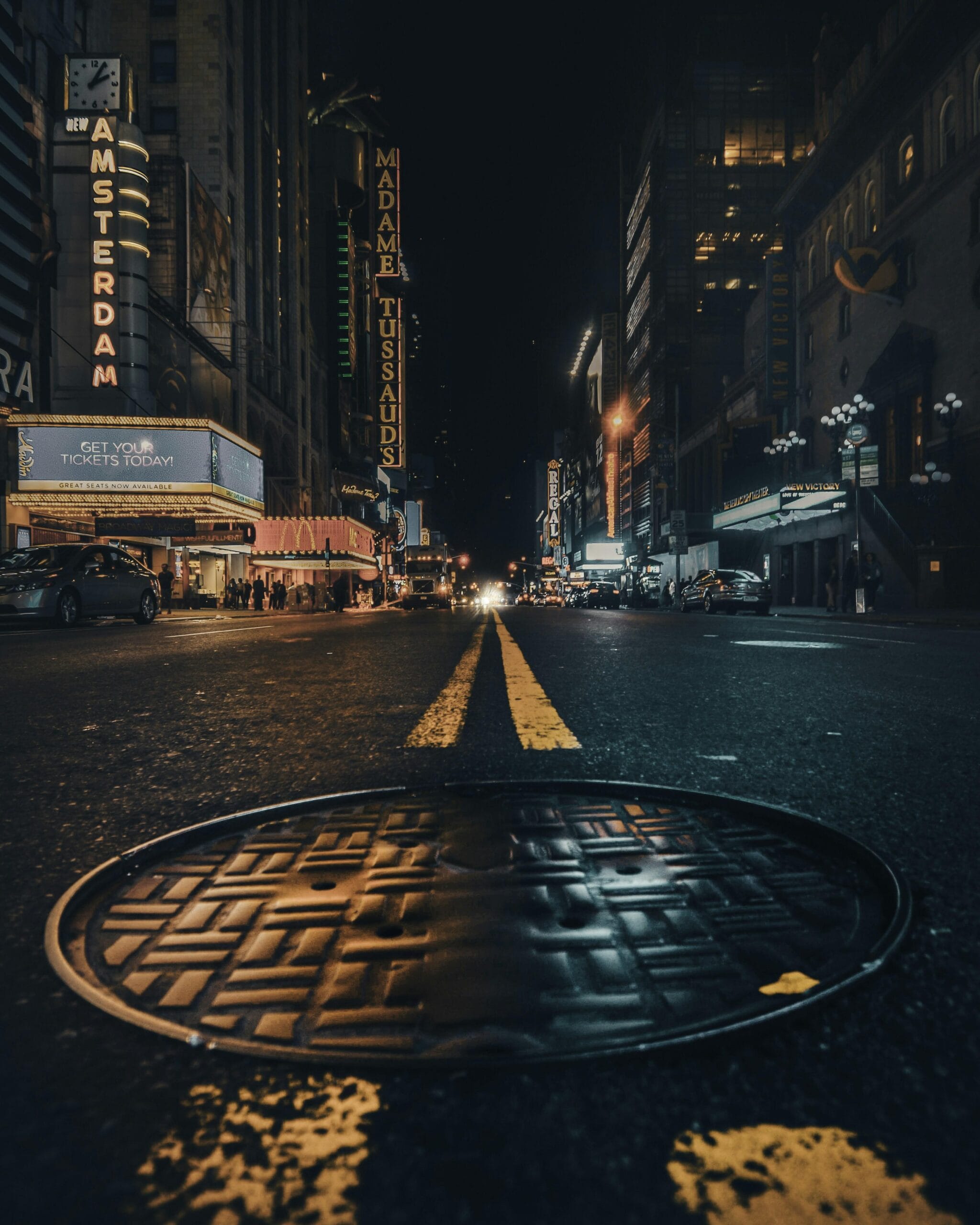What are the health impacts of urban heat islands on city residents?
Urban Heat Islands: Strategies for Cooling Cities and Improving Air Quality
Introduction
Urban Heat Islands (UHIs) represent a growing concern for cities worldwide. This phenomenon occurs when urban areas experience significantly higher temperatures than their rural surroundings. The elevated temperatures can lead to increased energy consumption, elevated emissions, and deteriorated air quality. Understanding and addressing UHIs is crucial for sustainable urban living and public health. This article delves into effective strategies for cooling cities and enhancing air quality.
What Are Urban Heat Islands?
Urban Heat Islands are regions within urban areas that experience higher temperatures than outlying rural areas. This temperature disparity arises from various factors, including the modification of land surfaces, heat generated from human activities, and reduced vegetation. The intense heat in UHIs can have profound impacts on the environment, human health, and energy expenditures.
| Factor | Description |
|---|---|
| Land Surface Modification | Built environments typically replace natural surfaces with asphalt, concrete, and buildings. |
| Heat Generation from Human Activities | Cars, factories, and HVAC systems contribute significant heat loads. |
| Reduced Vegetation | Less greenery leads to lower cooling effects from transpiration and shade. |
Strategies for Cooling Cities
Green Roofs and Walls
Green roofs and walls are effective strategies for mitigating UHIs. By covering buildings with vegetation, these installations can reduce rooftop temperatures, provide insulation, and even contribute to reducing indoor air temperatures.
Urban Forestry
Planting trees in urban areas can provide shade, reduce air temperatures, and improve air quality. Trees not only cool the air through transpiration but also absorb pollutants and produce oxygen.
Cool Roofs and Pavements
Cool roofs and pavements are designed to reflect more sunlight and absorb less heat compared to traditional materials. Implementing cool roofs and pavements can significantly lower surface and ambient air temperatures.
Energy Efficiency Improvements
Enhancing energy efficiency in buildings reduces heat generation from air conditioning systems. Energy-efficient appliances and lighting also contribute to lowering urban heat.
Improving Air Quality in Urban Areas
Addressing UHIs can have a direct impact on air quality, making it an integral part of urban planning. Here are some strategies to consider:
Reducing Vehicle Emissions
Enhancing public transportation systems, promoting carpooling, and supporting the use of electric vehicles can decrease air pollution levels significantly.
Supporting Renewable Energy Sources
Investing in renewable energy sources like solar and wind reduces the reliance on fossil fuels, consequently lowering greenhouse gas emissions and improving air quality.
Developing Green Spaces
Parks, gardens, and other green spaces not only provide recreational areas but also act as natural air filters. These areas help to absorb pollutants and reduce overall temperature.
Strict Industrial Regulations
Enforcing strict emission standards for factories and industries ensures a significant reduction in pollutants released into the urban environment.
Case Studies
Sustainable Urban Development in Singapore
Singapore’s comprehensive approach to UHI mitigation includes widespread adoption of green roofs, vertical gardens, and significant investments in urban forestry. The green initiatives have led to noticeable reductions in urban temperatures and improved air quality.
New York City’s Cool Roof Program
New York City launched a robust cool roof program that involves coating rooftops with reflective materials. The program has been successful in reducing rooftop temperatures by up to 30% during peak summer months.
Benefits and Practical Tips
Benefits
- Lower energy consumption and costs.
- Improved public health and reduced heat-related illnesses.
- Enhanced urban biodiversity.
- Increased property values.
- Greater community well-being and aesthetics.
Practical Tips
- Incorporate more greenery in landscaping projects.
- Opt for lighter-colored building materials to reflect more sunlight.
- Encourage rooftop gardens and urban farms.
- Advocate for local policies supporting UHI mitigation efforts.
- Participate in community tree planting events.
Conclusion
Urban Heat Islands are a pressing issue for modern cities, but with concerted efforts and strategic interventions, it is possible to mitigate their effects. By adopting strategies such as green rooftops, urban forestry, cool pavements, and energy efficiency, cities can cool down considerably and enjoy improved air quality. The benefits are manifold, from economic savings to enhanced public health and environmental sustainability. Let’s work together towards building cooler, greener cities for future generations.
